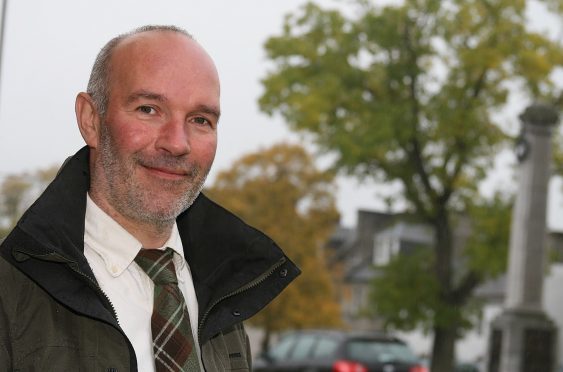Michael Gove MP is infamous for saying on live TV “people in this country have had enough of experts” in the lead-up to the European referendum. This may have been due in part to the deft interviewing but it remains one of his notable comments.
The appointment of Mr Gove to the UK cabinet as Environment Secretary worries environmentalists.
Caroline Lucas MP, the Green Party co-leader, is reported to have said it was hard to “think of many politicians as ill-equipped for the role of environment secretary as Michael Gove”.
It is true that Mr Gove, when Education Secretary, tried to remove climate change from the geography curriculum, but it is his assertions that Brexit could allow Britain to scrap “absurd” rules such as the European Commission’s Habitats Directive and Clinical Trials Directive that are of more concern for Scottish crofters and hill farmers.
We have a very strong selling mark based on our environment, landscape, clean air and water, non-GMO, low-external-input, organic, hill-reared, grass-fed, high-health produce. The attitude expressed by Mr Gove in saying, “If there are regulations which hold any business here back, we now have the potential to amend or even if necessary rescind them,” is extremely worrying.
But, let us be positive and hope that Mr Gove has a better attitude to hill farming than his predecessor Andrea Leadsom, who’s quote, “It would make so much more sense if those with the big fields do the sheep, and those with the hill farms do the butterflies,” will be remembered.
Since the launch and faltering flight of the 2010 Crofting Act, there have been widespread calls to fix the legislation, and Scottish Government has pledged to do this in the next four years. So, what is needed? Ask the crofters and the lawyers, they are the experts.
Crofters were asked in the biggest Inquiry for a generation, led by Professor Shucksmith. However, the resulting act didn’t reflect the findings and remains a complicated shambles. The Crofting Law Group has given the legislation a long look and have come up with a comprehensive collection of problem issues. But it is recoverable; most of the ‘heavy lifting’ to make the act workable has been done.
Alternatively, there are calls for a ‘clean sheet’ approach – not from crofters I think. A ‘clean sheet’ would imply that all rights (and duties) are lost and we start writing crofting legislation from scratch. We are looking at modification of existing law as the preferred option, bringing clarity, consistency and certainty.
Other big ideas bandied about in the ‘expert’ groups are the suggestion that owner occupiers be automatically decrofted, or the Right to Buy be removed. Are these coming from crofters? No I don’t think so.
My particular ‘elephant in the room’ is making unused crofts available. It is preventing future generations from crofting and so raises the fundamental question of the purpose of regulation and a regulator. We can tinker with legislation all we want but no crofters means no future for crofting.
* Patrick Krause is chief executive of the Scottish Crofting Federation










